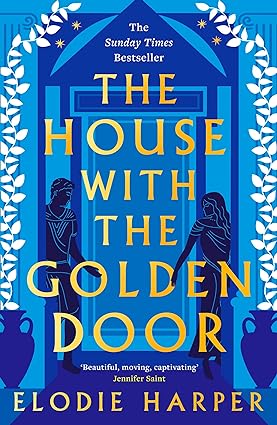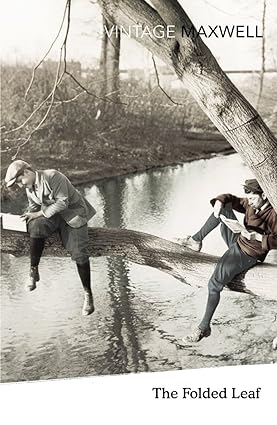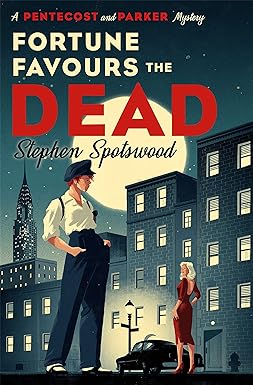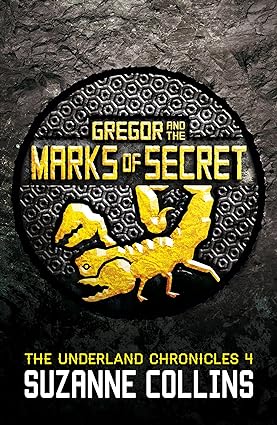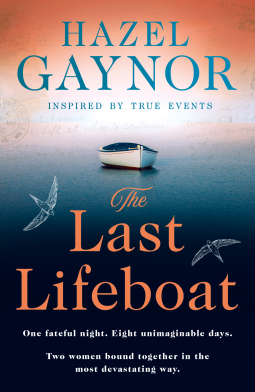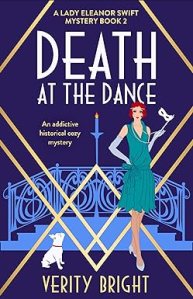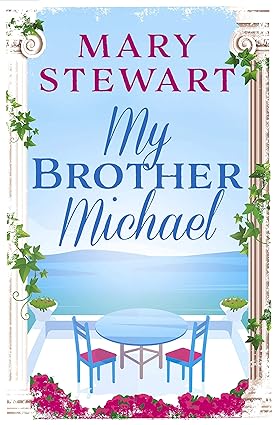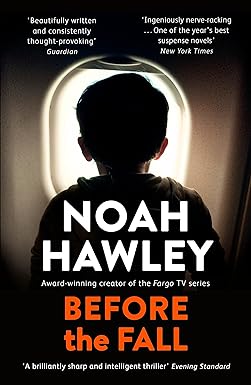It was only when I finished reading The Secret Shore by Liz Fenwick that I read the Author’s Note at the back and discovered it is based on real people and events in the Second World War from 1942-1945. What a cracking wartime romance this is, shedding light on the rarely mentioned mapmakers who enabled the military to plan and execute operations. 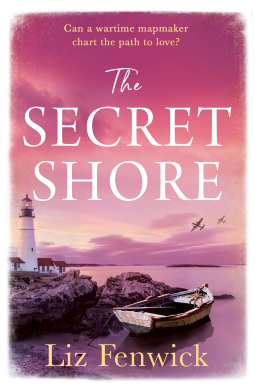 Merry, Dr Meredith Tremayne, was a geography lecturer at Oxford University before becoming a mapmaker in the War Office in London. In the first chapter there is a rather nice ‘meet cute’ with an American officer, involving a dropped copy of Gaudy Night by Dorothy L Sayers. This romantic suspense story parallels Merry’s experiences as a woman in a man’s world when even the course of wartime flirtation doesn’t run smoothly.
Merry, Dr Meredith Tremayne, was a geography lecturer at Oxford University before becoming a mapmaker in the War Office in London. In the first chapter there is a rather nice ‘meet cute’ with an American officer, involving a dropped copy of Gaudy Night by Dorothy L Sayers. This romantic suspense story parallels Merry’s experiences as a woman in a man’s world when even the course of wartime flirtation doesn’t run smoothly.
When Elise, Merry’s widowed French mother goes missing, she returns home to Cornwall, to Kestle, the family home on the Helford estuary. Her boss Commander Fleming has transferred her temporarily to a small seaborne unit operating out of a house called Ridifarne, on the opposite side of the Helford river to Kestle. She will train with them to learn what they require from maps when in enemy territory, experience she hopes to use when making maps later in the war. Still confident her artist mother has simply gone on an impromptu painting trip, Merry is disturbed to hear local gossip that Elise is a spy. Maps, as always for Merry, provide clues, answers and solace. ‘When things didn’t add up, I turned to maps. From the age of eight, I’d been mapping my life day by day since my father first taught me how to draw one.’ Like Sayers’ heroine Harriet Vane, Merry has a mystery to solve.
As a member of a university rowing crew, Merry fits easily into the male banter of the flotilla crew at Ridifarne who recover quickly from their mistaken expectation that Dr Tremayne would be male. Amongst the officers is an American, Jake Russell, the man Merry met over the dropped copy of Gaudy Night. Once they understand Merry’s knowledge of Helford, competence in a boat, fluency in French, Breton and reading maps, she is accepted. Flirtation with Jake is a light relief from the horror of war and the plight of her mother.
Merry is a strong woman who knows what she wants from life, even if at the beginning of the novel she doesn’t truly understand what she will be giving up. When that becomes apparent to her, the war has darkened and she has seen danger and death. She’s a great character – both Merry and Jake are fictional – her no-nonsense exterior drives the plot from training to active duty, from Cornwall to London and back again. Although surrounded by secrecy it becomes clear to Merry that the crew is sailing to Brittany with supplies for the Resistance, returning with men. This new knowledge makes her flirtation with Jake seem irresponsible in wartime so, in what seems quite a ‘male’ decision, she decides to live in the day, have fun and not worry about the future. But all the time a shadow is cast by the mysterious disappearance of her mother.
The cast of characters is rather long and at times I would have appreciated a list of names, ditto a map of the Helford River. I enjoyed the description of Cornwall, its nature, people and traditions, and the Sayers references. I expect to spot more of these on a second reading.
Atmospheric, full of tension and period detail, I really enjoyed The Secret Shore. It’s the first book I’ve read by this author, and will now explore the others.
CLICK HERE TO READ MORE ABOUT THIS BOOK AT AMAZON
If you like this, try:-
‘Life after Life’ by Kate Atkinson
‘One Moonlit Night’ by Rachel Hore
‘At Mrs Lippincote’s’ by Elizabeth Taylor
And if you’d like to tweet a link to THIS post, here’s my suggested tweet:
#BookReview THE SECRET SHORE by @liz_fenwick https://wp.me/p2ZHJe-7ek via @SandraDanby


